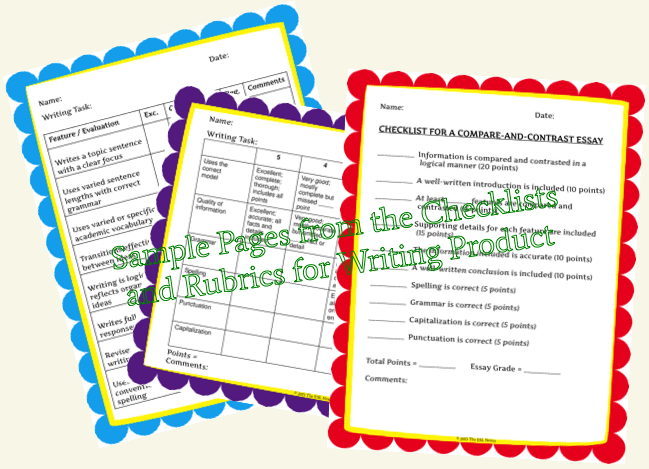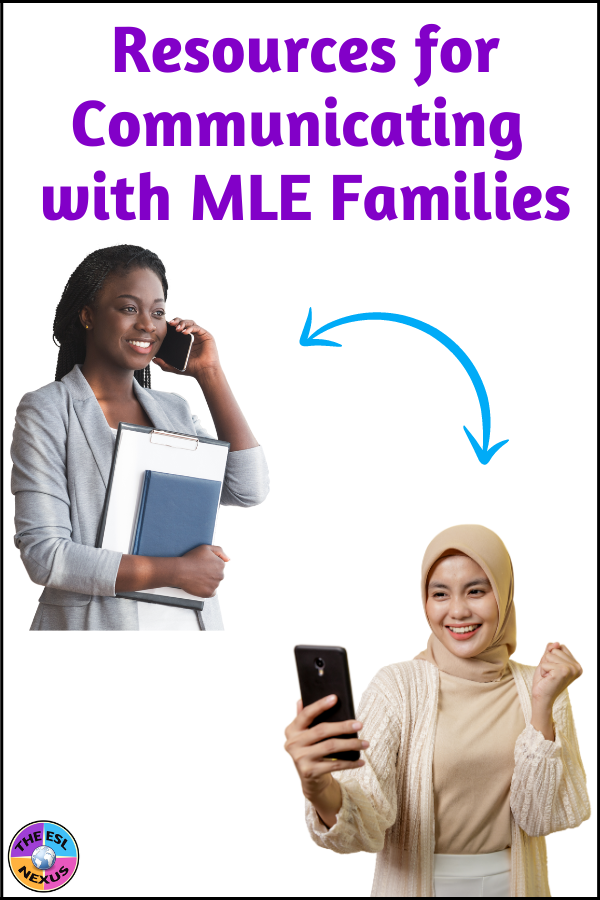More than many other subjects, learning a new language involves taking risks. To be successful, students must practice using the language. That means both speaking it and writing it. And when you are in the process of learning a language, it is inevitable that you will make mistakes.
 |
| Rubrics used with ELLs to support their writing; source: The ESL Nexus |
Teachers can create a supportive classroom atmosphere that encourages students to take risks as they learn the English language. Besides not pointing out every single mistake a student makes, it’s also important to not laugh when an ELL makes mistakes when speaking, although it’s often hard not to. Even more important is making sure the other students don’t laugh at an ELL’s mistakes. Nothing shuts down a kid more quickly than being ridiculed by classmates.
Teachers should explicitly tell ELLs that it’s okay to make mistakes. I even told my students that I liked it when they made mistakes because that showed me they were trying to learn. When my students tried to use a new grammar structure or new vocabulary word in their speaking or writing, and it didn’t quite come off, I praised them for making the attempt and encouraged them to try again. Teachers who came into my room were amazed at how much the ELLs talked because in their rooms, they rarely spoke. (Sometimes I wished they wouldn’t talk quite so much but that was a different issue!)




